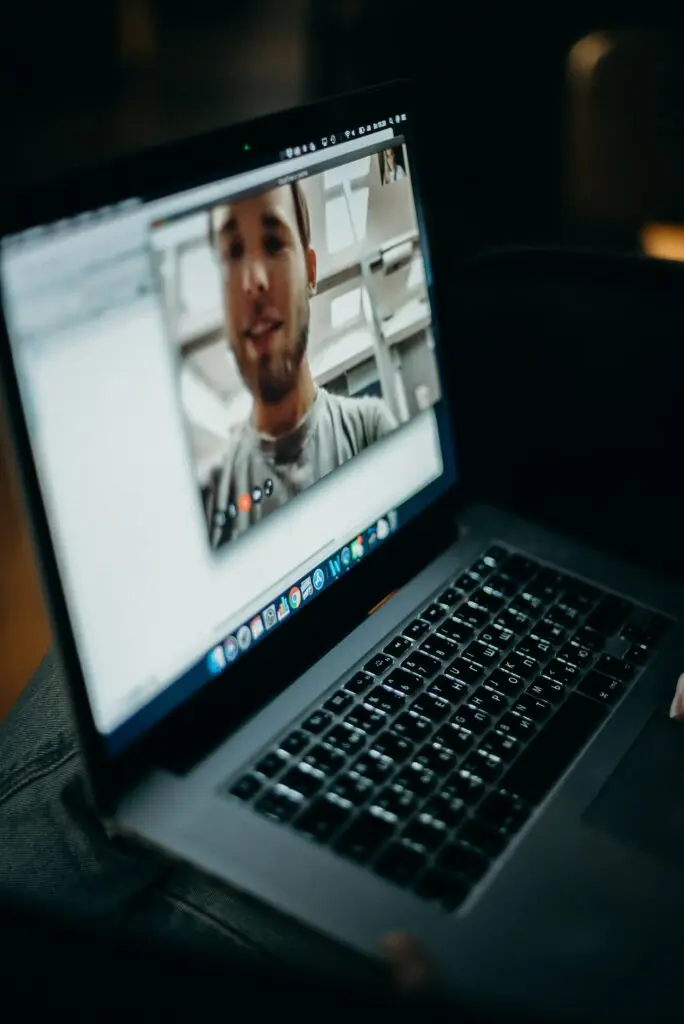
When COVID-19 took hold in the U.S. back in March 2020, few of us understood how long and profound the impact would be. We’ll lock down, flatten the curve, and be close to normal by summer. We weren’t worrying about how to innovate during a global pandemic at that early stage.
Ha! My home state went back on full lock down again last week and it’s now clear we’re not going back to normal for a while. And when we do, normal will look different. I’ve shifted from trying to wait this out, to seeing the need for action and innovation right now.
My own journey started with mindsets, took a side trip through empathy, and landed on innovation. By sharing stories personal and professional, I’m hoping you’ll come to agree that right now is the time to innovate within your own organization.

A scarcity mindset
A scarcity mindset… is the belief that there’s never enough. This feeling can result in stress, anxiety and fear of missing out or not succeeding.
– Forbes.com
Spring break for my kids coincided perfectly with the early fog of the pandemic. They came home for the week and never went back, and our family began wrestling with what might come next. Step one: we needed provisions. I took inventory of our household, asking, “If we can’t leave home for a while, what should I buy now?” We were in fine shape with toilet paper but nearly out of salt. I added salt to my growing list, donned an old N95 mask, and went shopping.
I felt the first uneasy pang of anxiety when I found the entire baking aisle was already stripped clean. How does a national grocery chain run out of basics like flour, sugar—and most important for my list—salt? After three more stores, each with empty shelves, I was nearly panicky before recognizing I was letting a scarcity mindset drive me… over salt.
In reality, we had enough to eat, and we could feed ourselves even without salt. Remembering that shifted my entire perspective and helped me relax. (I did find salt two weeks later, before we ran completely out.)
That same anxiety can be seen in our work lives. Agathon partners with a variety of clients, some of whom have adjusted better than others to changes in budget, in communication, and in where and how they work.
We’ll start with an example of how a scarcity mindset drove one of Agathon’s clients to make a decision out of fear. This client sells physical goods online, and with careful, creative thinking could have broadened their reach during a time when demand was increasing. Instead, they felt an acute scarcity of options, so they closed their offices and sent everyone home for a month. There’s no guarantee they could have pivoted successfully; nevertheless, it was missed opportunity.
There is another way to act than from scarcity.

An abundance mindset
An abundance mindset [is when] a person believes there are enough resources and successes to enjoy themselves, as well as share with others. Those who possess an abundance mindset see opportunity for success to be plentiful. They’re happy, grateful and eager, and they carry the abundance viewpoint into their professional life as a platform to succeed in their careers. An abundance mindset is crucial for leaders to possess in difficult times to avoid stress and burnout. People with an abundance mindset believe that what you focus on grows, and this gives them the ability to foster even more success.
– Forbes.com
Scarcity is a real thing. Yet a scarcity mindset doesn’t have to define us.
Of course, my heart goes out to Agathon’s clients in the travel and events industries who took a haymaker to the head as their hard work and dreams have been destroyed. One client saw 97% of their revenue evaporate over a couple days. No amount of mindset can just fix that.
But many organizations, Agathon included, have been impacted less directly. Most of our largest projects continued as usual. When some clients paused projects, we seized the opportunity to finally attend to internal initiatives that had continually been brushed aside by “billable work.” There’s a saying we use all the time within our team to describe the problem of ignoring internal projects: “The cobbler’s children have no shoes.” Finally, we could invest in ourselves! With a full slate of internal things to do, we haven’t had any layoffs; in fact, we’ve hired and are looking to do so again.
That’s Agathon. For most of our clients, scarcity has manifested itself as shrinking budgets. But choosing an abundance mindset prepared some of those clients to look for creative ways to survive, and even flourish, in the midst of a scarcity of options and budgets. The abundance mindset impacted our own work with clients in the automotive and publishing industries whose businesses had been impacted by the pandemic, as we asked the question: “Can we achieve 90% of what you need by customizing existing tools rather than building from scratch?” This resulted in the development of solid products at lower costs. We can still add that last 10% over time.
An abundance mindset isn’t some Jedi mind trick. An abundance mindset describes how we think about and solve the problems in front of us. Inevitably, those problems involve other people, each with problems of their own.

Empathy
Historically, the Agathon team doesn’t discuss world events. We do our work with professionalism and leave the rest to social media. This pandemic refused to be ignored though, as it impacts our organization and our work. Early in the crisis, one of our team members shared these thoughts with all of us:
I found myself yesterday apologizing for feeling mental slowness; I was really at a tough point, and I felt horrible–like I was letting down the whole team simply because my brain wasn’t operating at full capacity.
Then I thought about how everyone I’ve met at Agathon is a workhorse. You’re all freakishly talented, smart, capable, able to leap tall buildings in a single bound. And I think we’re all pretty hard on ourselves when we mess up in normal circumstances.
In this crazy time, my own mistakes (or lack of ability to juggle 20 balls at once) suddenly felt heavier than normal. It weighed on me because I thought I was letting others down. But then I realized: I’m probably not alone in this.
We’re not in the same world we were. All these changes take a toll, and we will make slip ups or have a harder time processing some times. Give yourselves grace. 🙂
The reminder that we’re all adjusting and coping was better than anything I could have said. (And if I can act like a proud dad for a second, our team has adjusted remarkably well.) It has also infused our work interactions with a fresh dose of empathy. We still expect the best from ourselves and our clients, while understanding the path may be a winding one.
Which brings us to my main point.

Innovate
Operating from a scarcity mindset is generally negative, but scarcity can be a force for positive change. One client of ours is a megachurch who took their services online. That’s not terribly unique. Thousands of churches have done the same, but that doesn’t mean it’s easy. There are so many questions to ask about virtual church. How do you foster the sense of singing together? What’s the best way to plan for a tremendous surge in website traffic? How do you pass a virtual offering plate? How do we prevent people from getting lost in the cracks when you can’t see them each Sunday? Thoughtful innovation was key to navigating the path forward.
But what does the term innovation even mean? I like IDEO’s definition: “Innovation is the ability to generate and execute on new ideas. These ideas can be incremental, evolutionary, or revolutionary.” [emphasis added] Most of the changes made by the megachurch were incremental. They were novel ways of imitating familiar physical activities in a digital space.
Another of Agathon’s clients has chapters on colleges and universities across the country. Their entire operating model depends on physical presence. Yet the pandemic, and fear of irrelevance, pushed them to reimagine their core identity. As Peter Drucker famously said, “Innovate or die.”
This organization’s response was more evolutionary than incremental as they moved activities online and paired student leaders with mentors/coaches where appropriate. Instead of hunkering down and waiting COVID-19 out, they embraced the challenge and are thriving as a result. They innovated because they had to, and I expect they will operate in an improved hybrid/digital model even once physical presence is normal again.
I don’t have a personal example of revolutionary innovation… yet. You can be sure I’ll share when I do.
Of course, innovating in the middle of a global crisis is easier said than done. All the “rules” have changed and the tactics that brought success in the past no longer work. How do you re-imagine a better future in the face of so many unknown and even unquantifiable problems? Few of the organizations we work with have the internal expertise to systematically and intentionally foster innovation. It’s not a muscle they’ve ever really needed.
That’s where we might help! We have a combined 149 years of experience helping organizations ask the right questions. We can help you discover innovative ways to serve users and achieve strategic goals. It will be uncomfortable and scary and exciting and invigorating … all at the same time.
If this sounds like the kind of thing you’d like to talk more about, please send me an email and we’ll schedule a call. The time to innovate is right now.